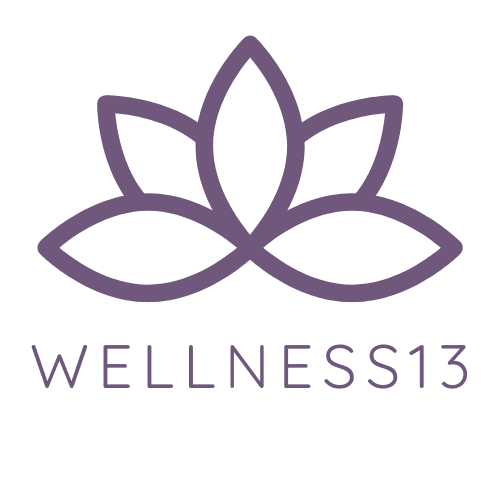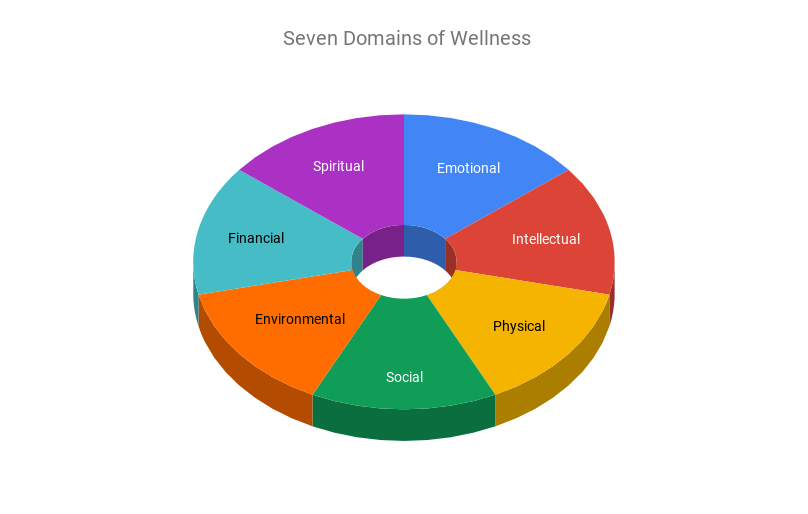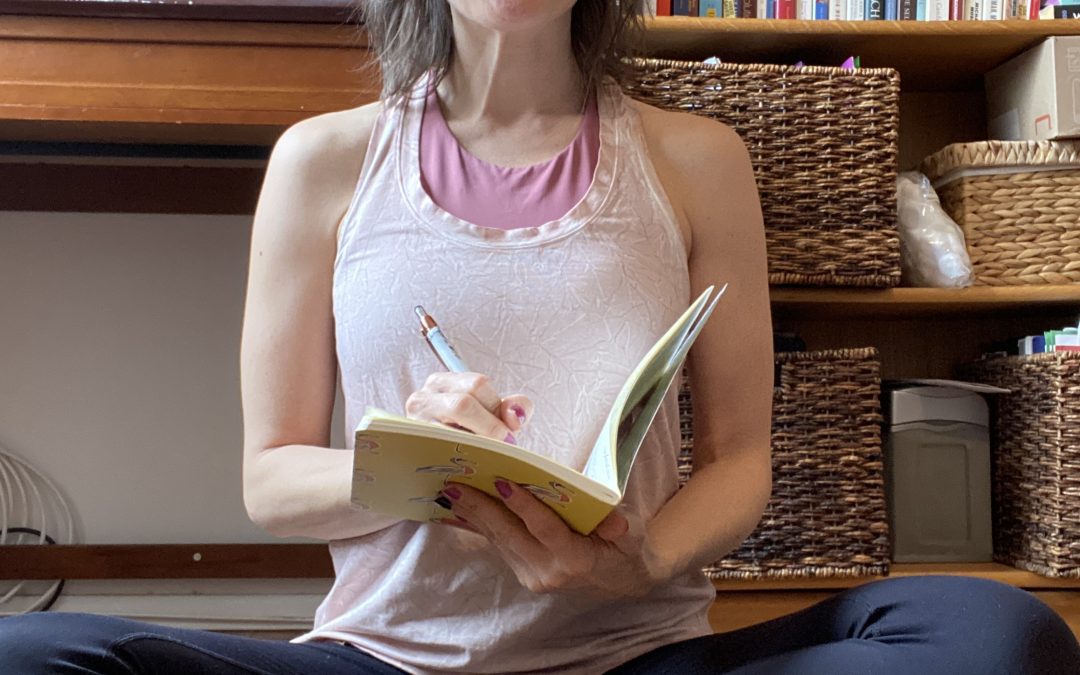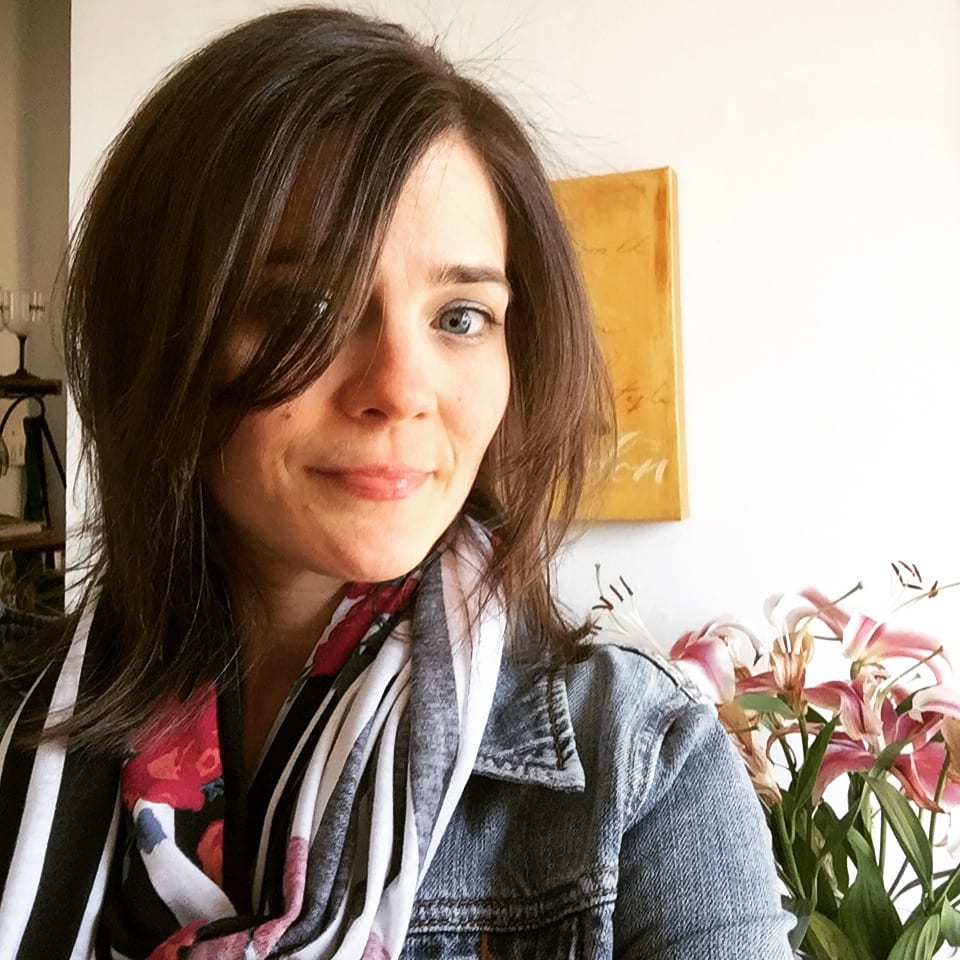Back when I was in high school, I would have panic attacks, although at the time I didn’t know that’s what they were called. All I knew was that I would feel very overwhelmed when it was loud or too many people, or I was unsure of something. I would fidget, do this tapping thing with my pencil or fingers or sometimes twirl my hair around my fingers to distract myself. It wasn’t until I was maybe a junior or senior that I was told it was panic attacks which resulted because of anxiety. This made sense to me because at the time I already knew I was dealing with depression and felt the two went together.
Anxiety disorders are the most common type of mental illness in the US affecting about 18% of the population every year. Anxiety is highly treatable, however less than half of those diagnosed receive treatment. There are five common types of anxiety: Generalized Anxiety Disorder, Obsessive-Compulsive Disorder (OCD), Panic Disorder, Post-Traumatic Stress Disorder (PTSD), and Social Phobia (or Social Anxiety Disorder). Which probably explains that even though I no longer have full blown panic attacks, I still have traces of OCD and claustrophobia. This is because compulsions and phobias are forms of anxiety. A fact I didn’t realize.
Anxiety has also been known to occur with other disorders as well such as stress and sleep disorders. This of course makes sense as when we are stressed this is when we become very anxious, we are irritable, feel panicked, like we can’t breathe. All because we have a deadline to meet and feel rushed. When we are stressed and anxious, this then affects our sleep. We lay awake thinking about everything on our to-do list that didn’t get done. We feel overwhelmed and defeated by our surmounting tasks. We may also be feeling stress about a new situation or event and therefore can’t sleep. Anxiety can also present itself as headaches or digestive issues in the form of IBS.
People with anxiety tend to overthink everything and jump to conclusions more quickly. They also feel they don’t do so well in social situations, but researchers have found that the friends of anxious people appreciate them more because an anxious person is sensitive to others and will think before speaking and always consider the feelings of others.
Researchers are learning that anxiety disorders run in families and may develop from a complex set of risk factors, including genetics, brain chemistry, personality, and life events. So, if all this is stacked against those who are susceptible, what can we do when we feel these anxious thoughts or panic attacks arise?
As it turns out, studies have found that many areas of wellness can help reduce the symptoms of anxiety. For instance, as little as 20 minutes of exercise may temporarily lesson feelings of anxiety, even helping to reduce feelings of anxiety when faced with a stressful situation after. One study also found that four 20-minute meditation classes helped reduce anxiety by up to 39%. Nutrition even comes into play here with a finding that people with healthier diets including food with omega-3 fatty acids, probiotics, and b-vitamins tended to be less anxious than those who followed a more standard American diet of processed foods. However, I also strongly suggest you seek treatment by talking with a professional who can help. They have been trained in this and will have a better understanding of the root cause of certain situations that cause anxiety.
As I have been practicing meditation over the past year, I have seen much improvement in my stress and anxiety. I no longer have full panic attacks, however sometimes I will have to remove myself from a situation if it is too loud or too overcrowded. When in an elevator I still need to tap each finger to my thumb in rapid succession, but now I also use deep breathing to help calm the claustrophobia. As for the OCD, well those are little quirks I have grown to live with which stem mostly from the perfectionism I’m trying to let go of. As you see I’m still a work in progress, but then again aren’t we all??
Wellness Wednesday,
Tash




